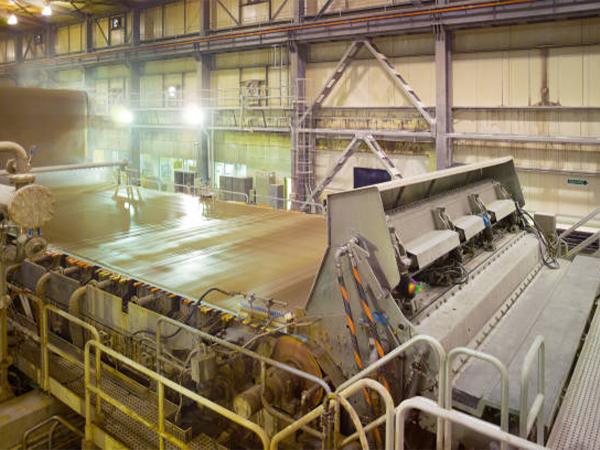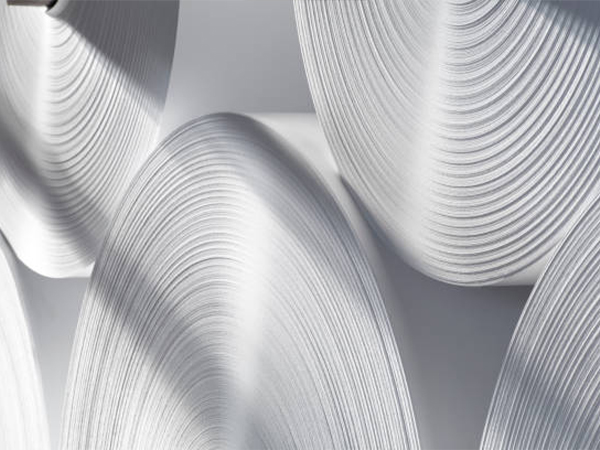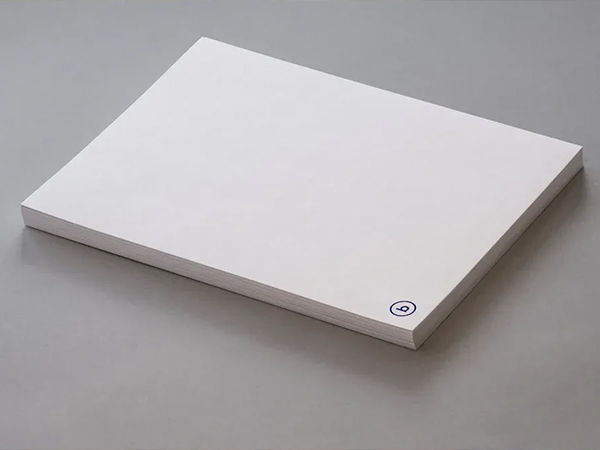With the advancement of papermaking technology and the increasing use of high-yield pulp and deinked pulp, combined with a more closed whitewater circulation system, the wet-end chemistry of papermaking has become significantly more complex. One of the primary challenges is the accumulation of anionic trash—negatively charged colloids and dissolved substances—that interferes with the effectiveness of cationic additives used in papermaking.
What Is Anionic Trash?
Anionic trash refers to a mixture of dissolved and colloidal anionic substances, such as degraded fibers, extractives, fillers, and chemical residues. These substances can disrupt charge balance, reduce retention and drainage efficiency, and increase chemical consumption in the papermaking process.
The optimal approach to managing anionic trash is to minimize its formation, but due to the complexity of raw materials and processing systems, its presence is often unavoidable.
Role of Anionic Trash Catchers (ATCs)
The most effective way to mitigate the impact of anionic trash is by pre-treating the pulp with anionic trash catchers (ATCs) or fixatives. These are high-charge-density, low molecular weight cationic polymers that can neutralize or adsorb anionic substances.
Common types of ATCs include:
- Inorganic ATCs: such as aluminum sulfate (alum) and polyaluminum chloride (PAC)
- Organic ATCs: such as polyethyleneimine (PEI) and PolyDADMAC
Working Principle of ATCs
ATCs function via charge neutralization and bridging flocculation, capturing soluble anionic substances and fixing them onto fibers or fillers. The timing of ATC addition is crucial—they are typically added prior to other cationic additives to prevent interference.
Common ATCs in Papermaking
1. Aluminum Sulfate (Alum)
A low-cost ATC, alum is effective under acidic conditions but loses its cationic charge under neutral or alkaline pH, limiting its use in modern papermaking systems.
2. Polyaluminum Chloride (PAC)
PAC maintains a high cationic charge across a broad pH range and is more efficient than alum in neutral to alkaline systems. It is increasingly favored as an inorganic ATC.
3. Polyethyleneimine (PEI)
PEI is a cationic polymer with a branched structure that provides excellent performance in the pH range of 6–9. Modified versions offer even stronger charge density. PEI not only captures anionic trash but also improves retention and reduces whitewater loss.
4. PolyDADMAC – Azfc® PD40
PolyDADMAC is a high-charge-density, low molecular weight polymer that excels as an ATC. Its effectiveness has been widely documented, showing substantial improvements in filler retention when used prior to cationic starch or polyacrylamide. However, overdosing can cause charge reversal and reduce retention.
5. Other ATCs
- Modified Bentonite: Acts as an adsorbent in combination with cationic PAM for dual retention systems.
- Polyaluminum Silicate Sulfate: Not yet widely used in papermaking.
- Polyethylene Oxide (PEO): A nonionic polymer that captures fines and fillers via hydrogen bonding rather than charge neutralization. Effective in high anionic trash environments.
Conclusion
Anionic trash poses significant challenges in modern papermaking systems, particularly in highly closed, neutral to alkaline environments. Selecting the right ATC is essential for optimizing wet-end chemistry. Among available options, PolyDADMAC (Azfc® PD40) stands out for its high efficiency and wide applicability.
By incorporating effective trash catcher strategies, mills can reduce additive consumption, improve retention and drainage, and stabilize papermaking processes.






